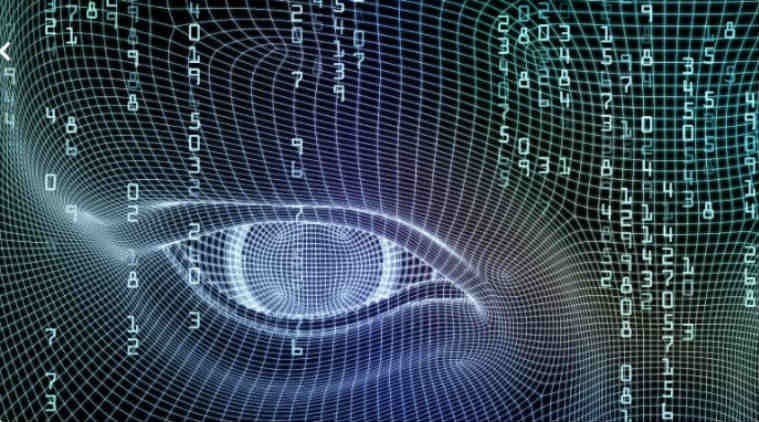- India
- International
AI system can track human movements from behind walls
Scientists from the Massachusetts Insititue of Technology (MIT) have developed an arificial intelligence system, called RF Pose, that can hlp detect and correct postures of people, even if a solid wall were to come in between.
 MIT scientists have developed an artificial intelligence (AI) X-ray vision system that can sense people’s postures and movements from the other side of a solid wall. (File Photo)
MIT scientists have developed an artificial intelligence (AI) X-ray vision system that can sense people’s postures and movements from the other side of a solid wall. (File Photo)
MIT scientists have developed an artificial intelligence (AI) X-ray vision system that can sense people’s postures and movements from the other side of a solid wall. The “RF-Pose” uses AI to teach wireless devices to sense people’s postures and movement, even from the other side of a wall.
The researchers used a neural network to analyse radio signals that bounce off people’s bodies, and can then create a dynamic stick figure that walks, stops, sits and moves its limbs as the person performs those actions. The team said that the system could be used to monitor diseases like Parkinson’s and multiple sclerosis (MS), providing a better understanding of disease progression and allowing doctors to adjust medications accordingly. It could also help elderly people live more independently, while providing the added security of monitoring for falls, injuries and changes in activity patterns.
The team is currently working with doctors to explore multiple applications in healthcare. “We’ve seen that monitoring patients’ walking speed and ability to do basic activities on their own gives healthcare providers a window into their lives that they didn’t have before, which could be meaningful for a whole range of diseases,” said Dina Katabi from Massachusetts Institute of Technology (MIT) in the US. “A key advantage of our approach is that patients do not have to wear sensors or remember to charge their devices,” said Katabi.
Besides health-care, the team said that RF-Pose could also be used for new classes of video games where players move around the house, or even in search-and-rescue missions to help locate survivors. Researchers gathered thousands of images of people doing activities like walking, talking, sitting, opening doors and waiting for elevators. They then used these images from the camera to extract the stick figures, which they showed to the neural network along with the corresponding radio signal.
This combination of examples enabled the system to learn the association between the radio signal and the stick figures of the people in the scene.
Post-training, RF-Pose was able to estimate a person’s posture and movements without cameras, using only the wireless reflections that bounce off people’s bodies. Besides sensing movement, researchers showed that they could use wireless signals to accurately identify somebody 83 per cent of the time out of a line-up of 100 individuals. This ability could be particularly useful for the application of search-and-rescue operations, when it may be helpful to know the identity of specific people. The model outputs a 2D stick figure, but the team is also working to create 3D representations that would be able to reflect even smaller micromovements.
More Tech
Must Read
Apr 23: Latest News
- 01
- 02
- 03
- 04
- 05






























